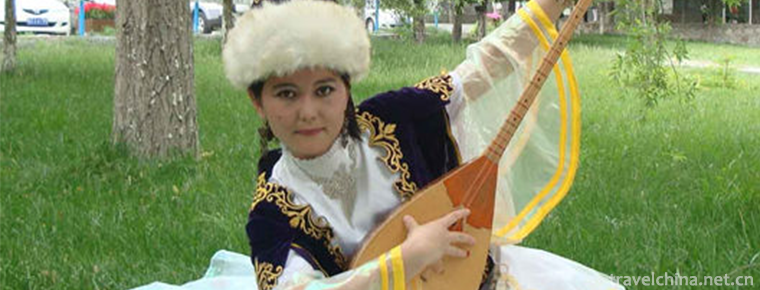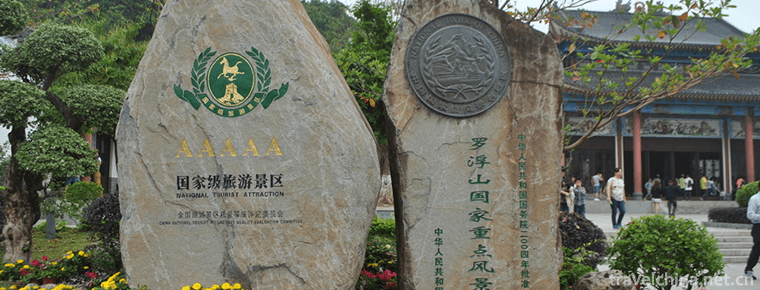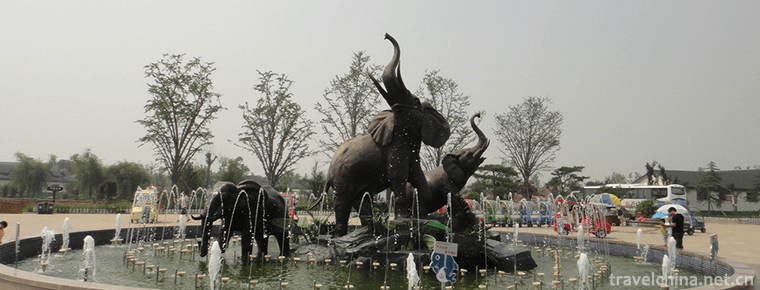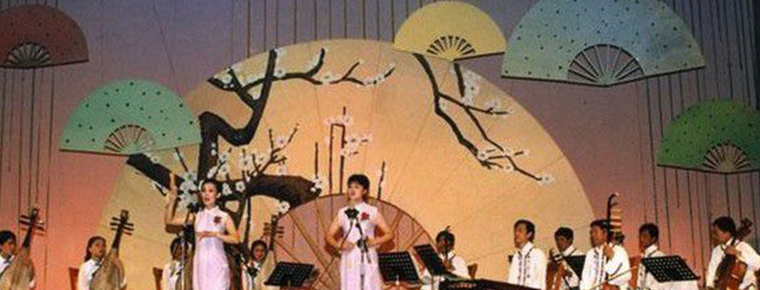Kazakhstan 62 Kwohner
Kazakhstan 62 Kwohner
62 Kwohner is Kazakh folk classical music, which means "62 suites". It is a comprehensive art mainly composed of instrumental music, accompanied by folk songs, dances, rap, playing and singing and other forms of artistic performance.
On June 7, 2008, 62 Kwohner of Kazakhstan was listed in the second batch of national intangible cultural heritage list with the approval of the State Council.
historical origin
Kazakhstan's 62-year-old Kuoen Er was formed in a specific time, because there was not enough historical literature to make a judgment. According to the research of modern scholars on 62 Kuoenl, it is believed that the formation and development of 62 Kuoenl should keep pace with the development of Kazakh music, especially the development of "Xiao". Generally speaking, it can be divided into the early form from Gusai to Wusun (early Han Dynasty), the gestation period from Wusun (Han Dynasty) to Kazakh Khanate (mid-Ming Dynasty), the formation period from Kazakh Khanate (mid-Ming Dynasty) to Qing Dynasty and the later evolution period.
With the social stability and economic development, culture and art have also been unprecedented prosperity. Especially since ancient times, folk stories, epics, music and dances that have been circulated in various tribes have been disseminated to each other under the condition of gradual unification of language and writing. At this time, a folk artist class club in the form of "Shale-Sell" appeared, which specializes in singing activities for a living. Many folk artists collect and organize songs, lyrics and dances that extol historical figures and national heroes, praise nature, animals (especially livestock raised), flowers and birds, describe people's feelings, praise pure love, reflect people's suffering and admonish the world.
After Kohan came to power in 1680, he attached great importance to the collection and collation of national cultural heritage. He organized a group of Kazakh folk Akans, genealogists, singers and knowledgeable elderly people to collect and collate Kazakh genealogy, music, proverbs, proverbs, myths and legends, historical stories, poems and epics of various subjects. At the same time, the slogans of Kazakh tribes were recorded comprehensively.
As Kazakhs live a nomadic life, in the four seasons of the year, the most convenient instruments to produce and carry are Dongbula, Spuzier and Kubuzi. These three instruments are most suitable for playing "Kuiyi" independently, so in folk music, "Kuiyi" is more widely spread and developed than other kinds of music.
artistic characteristics
Kazakhs call folk instrumental music "Kui Yi". Some of these "Kui Yi" are called "Kuo Ener". They either tell winding and moving stories or express the deep and sincere feelings of the performers. Their speed is generally slow andante, playing, do not show off skills but pay attention to charm. They let you understand the history of Kazakh people, insight into the soul of Kazakh people, feel the simple, honest, mellow and heavy music culture of grassland. Each piece of music will let you feel the unique beauty of traditional instrumental music of Kazakh people.
The three instruments of Dongbula, Kubuzi and Spuzier have their own characteristics: Dongbula can play a variety of techniques with left and right hands to produce a variety of tones; Kubuzi plays a simple and emotional melody; Spuzier is a simple and lasting long tone. This series of flowing music shows the unique musical aesthetic concept of Kazakhs. According to Kazakh scholars, in the ancient Kazakh grassland, the Kazakh people living in the West had "62 Akhjiling", whose music was fast and exciting; the Kazakh people living in the middle had "62 Kusbasar", whose music was gorgeous and beautiful; and the Chinese Kazakh people living in the East had "62 Kwaner", whose music was deep and moving. 。
Representative works
"Kaiesquauer", "Salequorner", "Telquorner", "Maydaquorn", "Akquorn" and so on
Inheritance significance
Owing to the lack of written records, geographical dispersion and inconvenience of transportation, there are not many people in Kazakhstan who can explain and sing for the public nowadays. The folk artists who can systematically sing "62 Kwon'er" are rare, and many excellent repertoires are facing extinction. Because of the social change, the change of production and life style and the challenge of globalization and modernization, the chain of inheritance of "62 Kwohner" is in danger of breaking down. There are not many young people who study folk music. Many of them have passed away, and many "Kwohner" music has been lost.


-
China Railway HighSpeedCRH
China Railway High-Speed (CRH) has two meanings: the technical standard of China High-Speed refers to the passenger dedicated line railway with 250 km/h .
Views: 152 Time 2018-11-13 -
Luofu Mountain Scenic Area
Luofu Mountain Scenic Area is a national AAAAA level scenic area. It is located on the Dongjiang River of Guangdong Province, 35 kilometers away from Boluo County, Huizhou City.
Views: 307 Time 2018-12-12 -
Dongshan Lake Hot Spring Resort
Dongshan Lake Hot Spring Resort is the first national AAAA-level scenic spot in Chaozhou City. It is located in the Dongshan Lake scenic spot of Shaxi Town at the junction of Chaozhou.
Views: 137 Time 2018-12-19 -
Linyi Animal and Botanical Garden
Linyi Animal and Botanical Garden is a national AAAA-level tourist attraction , located at the core of Linyi Economic and Technological Development Zone, Shandong Province.
Views: 223 Time 2018-12-22 -
Xianguding Scenic Spot
Xianguding, located in the south of Huancui District, Weihai City, is only five kilometers away from the city centre. It is the highest peak in the Northwest Mountain of Wangdao, with an elevation of .
Views: 117 Time 2018-12-22 -
Kunlun Mountains
Kunlun Mountain, formerly known as Kunlunqiu, also known as Kunlunxu, is the god mountain in ancient Chinese legend, the ancestor of Wanshan Mountain, the birthplace of Chinese civilization, and the k.
Views: 138 Time 2019-01-29 -
Wuhan Haichang Polar Ocean World
Wuhan Haichang Polar Ocean Park is the first Ocean Park constructed by Haichang Group in central China. It is the fifth large-scale theme park covering the concept of polar and ocean.
Views: 182 Time 2019-02-24 -
Wooden drum dance
Wood drum dance is a kind of folk dance that is spread among the Miao, Yi and Wa people in southwest China to dance and sacrifice by beating wood drum. Its drum shape is mostly to intercept the trunk .
Views: 199 Time 2019-06-06 -
Traveling Books in Ningbo
Ningbo Walking Book, originally known as "Lotus Document" or "Plough Document", is one of the traditional local operas in Ningbo, Zhejiang Province. Sing in Ningbo dialect. Ningbo .
Views: 212 Time 2019-06-08 -
Wenzhou opera
Ou Opera has a history of more than 300 years with "written warmth" as its stage language. The more influential traditional plays are Gao Ji and Wu Sanchun, Yanghe Pickup and the modern play.
Views: 90 Time 2019-06-08 -
Anhui University Of Technology
Anhui University of Technology is located in Anhui province. Ma'anshan The city is a multi-disciplinary university characterized by industry and industry. Ministry of science and technology With the s.
Views: 289 Time 2019-10-10










